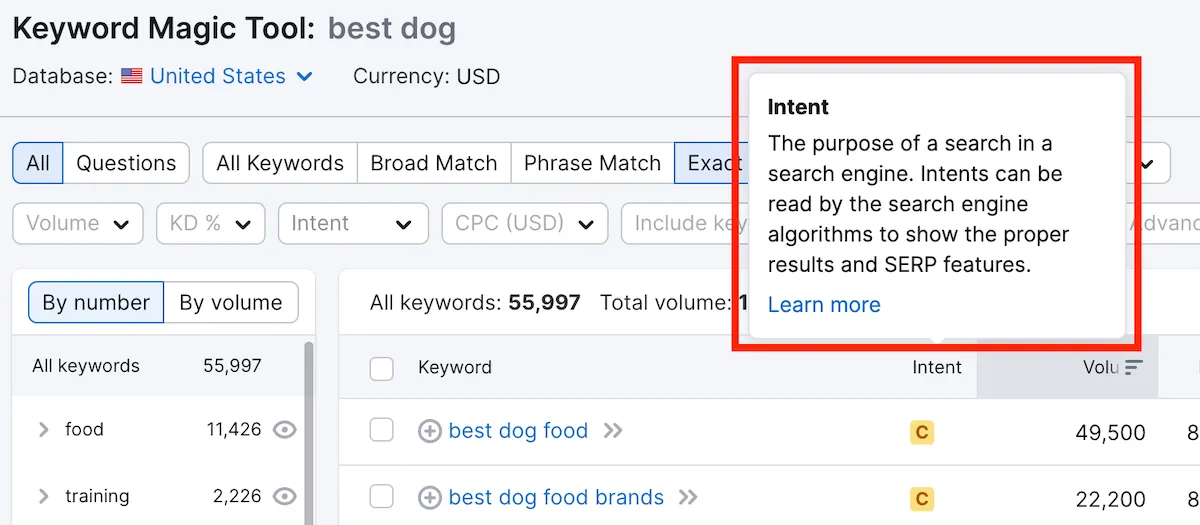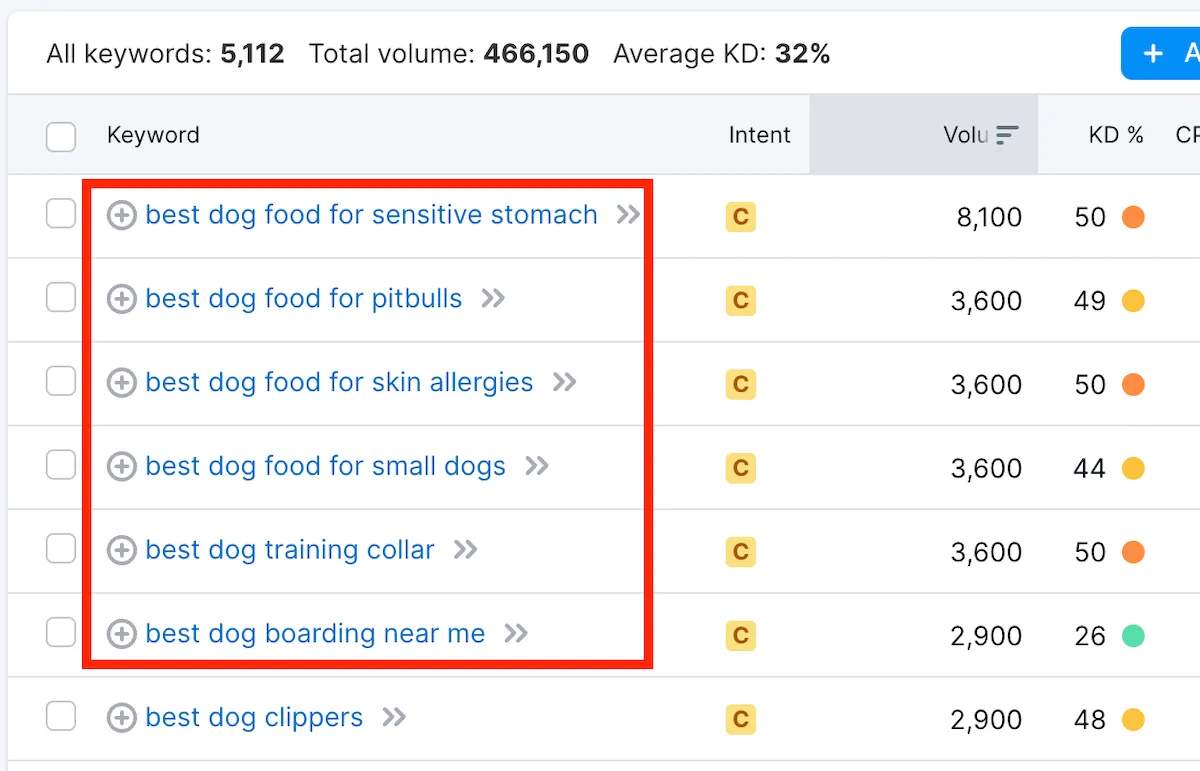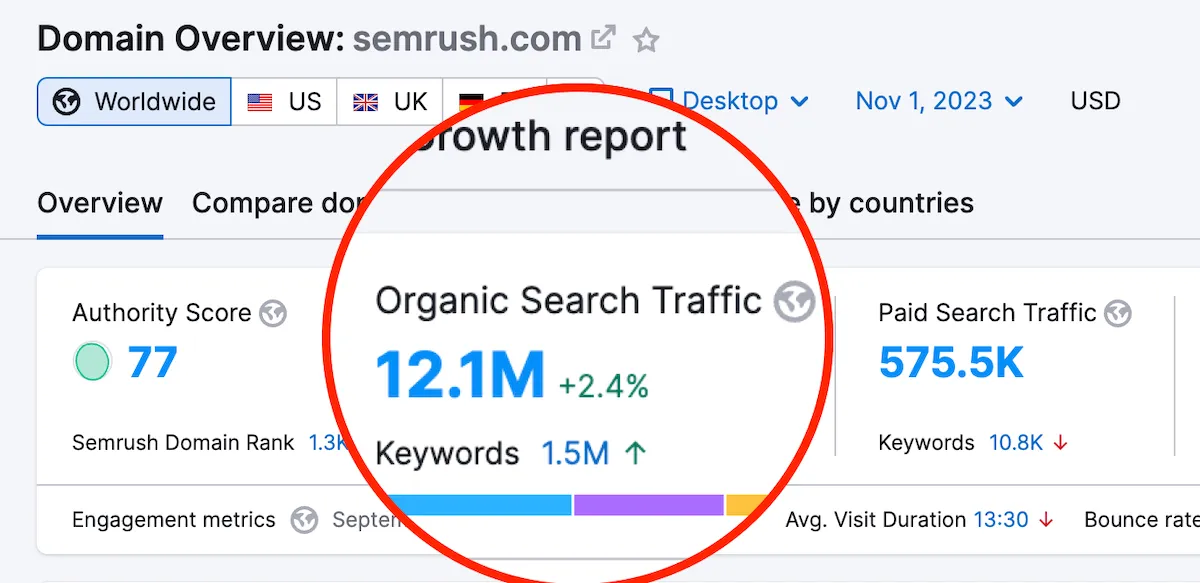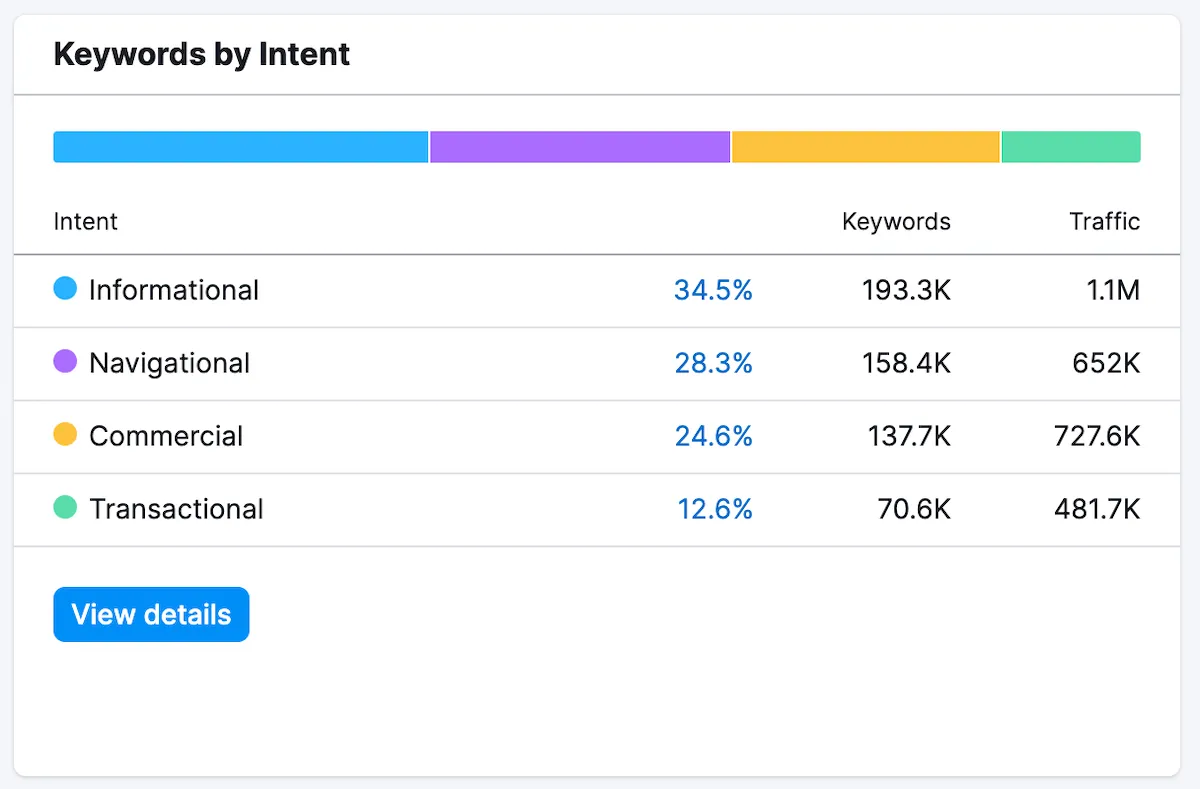Are you having trouble getting the right people to visit your website? Do you want to improve your content and make more sales? Well, using long-tail keywords can help you with that!
They help you stand out from the competition, bring in the right kind of visitors, and give you insight into what your audience is searching for.
In this article, we’ll explore the definition and importance of long-tail keywords, helping you understand how they can benefit your website and improve your overall SEO strategy.
So, if you’re ready to boost your website’s visibility and make more sales, keep reading to learn all about the power of long-tail keywords.
My Takeaways
Definition and Importance of Long-Tail Keywords
Long-tail keywords, with their specific and descriptive nature, hold significant importance in optimizing your SEO strategy. They allow you to target a niche audience and bring targeted traffic to your website. Here are three reasons why they are essential for your SEO success:
What Are The Benefits of Using Long-Tail Keywords?
Using long-tail keywords in your SEO strategy offers numerous benefits:
1. Higher Conversion Rates

Understanding User Intent
To maximize your conversion rates, you need to understand the intent of your users. By understanding user intent, you can optimize your website and content to better cater to their needs and preferences. Here are three key reasons why understanding user intent leads to higher conversion rates:
Increasing Sales Potential
Long-tail keywords allow you to reach users who are further down the sales funnel and have a higher likelihood of making a purchase. These keywords are more specific and cater to the specific needs and preferences of your target audience.
By using long-tail keywords in your content and optimizing your website for them, you can attract highly qualified leads and increase your chances of converting them into paying customers.
2. Reduced Competition
Unlike short-tail keywords, which are highly competitive and difficult to rank for, long-tail keywords have lower competition, making it easier for your content to stand out in a crowded market.
By targeting these specific and niche keywords, you have a higher chance of ranking higher in search engine results and attracting more targeted traffic to your website.
The Battle for Short-Tail vs Long-Tail
Here’s why the battle between short-tail and long-tail is important:
Standing Out in a Crowded Market
Long-tail keywords allow you to target specific niches and attract more targeted traffic to your website.
You can address the specific needs and problems of your audience, making your content more relevant and valuable.
This targeted marketing approach helps you differentiate yourself from your competitors and attract the attention of potential customers who are actively searching for the products or services you offer.
Additionally, long-tail keywords have less competition, making it easier for your content to rank higher in search engine results.
3. Specificity in Targeting

By incorporating these keywords into your content, you can craft messages that resonate with your audience and directly address their pain points.
Long-tail keywords allow you to create personalized and relevant content that speaks directly to the specific needs and desires of your target audience, increasing the chances of engagement and conversion.
Meeting Specific Needs of Users
To meet the specific needs of users, target their preferences and requirements using tailored content strategies. This ensures that you’re providing valuable and relevant information that directly addresses their concerns.
Here are three ways to effectively meet the specific needs of your target audience:
4. Easier Ranking on Search Engines
The algorithm tends to favor long-tail keywords, making it easier for your website to rank higher in search results.
Additionally, long-tail keywords attract organic traffic that’s more likely to convert into customers.
The Algorithm’s Preference
Here’s why the algorithm prefers long-tail keywords:
Organic Traffic Boost
Long-tail keyword targeting allows you to optimize your content for specific, niche search queries, increasing website visibility and attracting more targeted traffic.

You can tap into a less competitive market, making it easier to rank for these keywords and drive quality web traffic to your site.
Additionally, long-tail keywords have been found to have better conversion rates, as they attract users who are closer to making a purchase.

5. Enhanced User Experience
Enhanced user experience is crucial for retaining and engaging users.
It is also important for building brand loyalty.
By using long-tail keywords, you can create content that aligns with the specific needs and interests of your target audience.
This personalized approach improves the overall user experience.
It also establishes a strong connection between your brand and your users.
This connection leads to increased engagement and loyalty.
Retaining and Engaging Users
Improve user experience on your website by incorporating long-tail keywords that cater to their specific needs and preferences. By utilizing long-tail keywords, you can implement strategies for user engagement and retaining customer loyalty.
Here are three ways in which long-tail keywords can help you achieve this:
Building Brand Loyalty
Building customer loyalty is crucial for the success of your business, and using long-tail keywords can help you achieve that. They are specific and targeted, allowing you to attract users who are closer to making a purchase.
You can increase your visibility and attract the right audience. These keywords provide valuable insights into your audience’s search habits and allow you to create content that addresses their specific needs and requirements.
6. Higher-quality Quality Traffic
When it comes to driving traffic to your website, attracting relevant audiences is essential.
Long-tail keywords can help you achieve this by targeting specific search queries that align with the needs and interests of your target audience.
Attracting Relevant Audiences
Here are three ways that can help you achieve this:
7. Longer Visitor Duration
When it comes to the success of your website, visitor duration plays a crucial role. Longer visitor duration indicates that visitors are engaged and finding value in your content.
This can lead to higher engagement, a better user experience, and, ultimately, improved conversion rates.
Importance of Page Session Duration
Here are three reasons why page session duration is important:
Ways to Keep Visitors Engaged
To keep visitors engaged and increase their duration on your website, you can implement various strategies.
One effective strategy is to create compelling and informative content that captures the reader’s attention and provides value.
Incorporate multimedia elements such as videos, images, and infographics to enhance the user experience.
Additionally, optimize your website’s navigation and user interface to make it easy for visitors to find what they’re looking for.
Implement interactive features like quizzes, polls, and comment sections to encourage user interaction.
Regularly update your content to keep it fresh and relevant.
8. Increased Chance for Featured Snippets

If you want to increase your chances of securing the coveted featured snippet spot on Google, understanding Google’s Position Zero is crucial.
Featured snippets are concise summaries of information displayed at the top of search results, providing users with quick answers to their queries.
To optimize for featured snippets, you can provide clear and concise answers, structure your content with headings and lists, and use schema markup to provide additional context to search engines.
Tactics to Secure Featured Snippet Spot
One tactic is to target long-tail keywords in your content marketing. They are more specific and have lower competition, allowing you to stand out in the search results.
You increase the relevance and specificity of your information, making it more likely to be featured in the snippet.
Additionally, focus on providing concise and informative answers to common questions in your content, as this is what Google often looks for when selecting featured snippets.
How to Effectively Implement Long-Tail Keywords
Now that you understand the benefits of using long-tail keywords, it’s important to know how to effectively implement them.
This involves utilizing tools and techniques for research, seamlessly integrating the keywords into your content, and constantly monitoring and adapting your strategy.
Tools and Techniques for Research
When researching and effectively implementing long-tail keywords, it’s essential to utilize various tools and techniques. To help you in your research, here are some effective tools and techniques to consider:
Seamlessly Integrating in Content
One effective way to implement long-tail keywords in your content is by strategically integrating them throughout your website.
By integrating those keywords into your SEO strategy, you can optimize your content and increase its visibility to your target audience.
Make sure to include them in your page titles, header tags, and within the first paragraph, preferably in the first sentence. This will help search engines understand the relevance of your content to specific search queries.
Additionally, consider the user’s search intent. By aligning your content with the user’s search intent, you can provide valuable information and satisfy their needs.
Constant Monitoring and Adaptation
It’s essential to continuously monitor and adapt your SEO strategy. Adapting to changing search trends is vital to staying ahead of the competition and ensuring that your website remains relevant to users.
Monitoring keyword performance allows you to track the effectiveness of your chosen long-tail keywords and make necessary adjustments. By analyzing metrics such as search volume, click-through rates, and conversion rates, you can identify which keywords are performing well and which ones need improvement.
This information enables you to optimize your content and target specific audience needs more effectively. Making necessary adjustments based on keyword performance ensures that your SEO strategy remains dynamic and responsive to the ever-changing search landscape.
Stay proactive and adapt to ensure your website’s success.
Conclusion
Now that you have explored the benefits of using long-tail keywords, it’s important to recap their significance.
Long-tail keywords offer lower competition, better conversion rates, and increased content visibility.
By incorporating them into your SEO strategy, you can optimize your content, attract targeted traffic, and rank higher in search results.
Don’t overlook the power of long-tail keywords in driving quality web traffic and achieving your goals.







